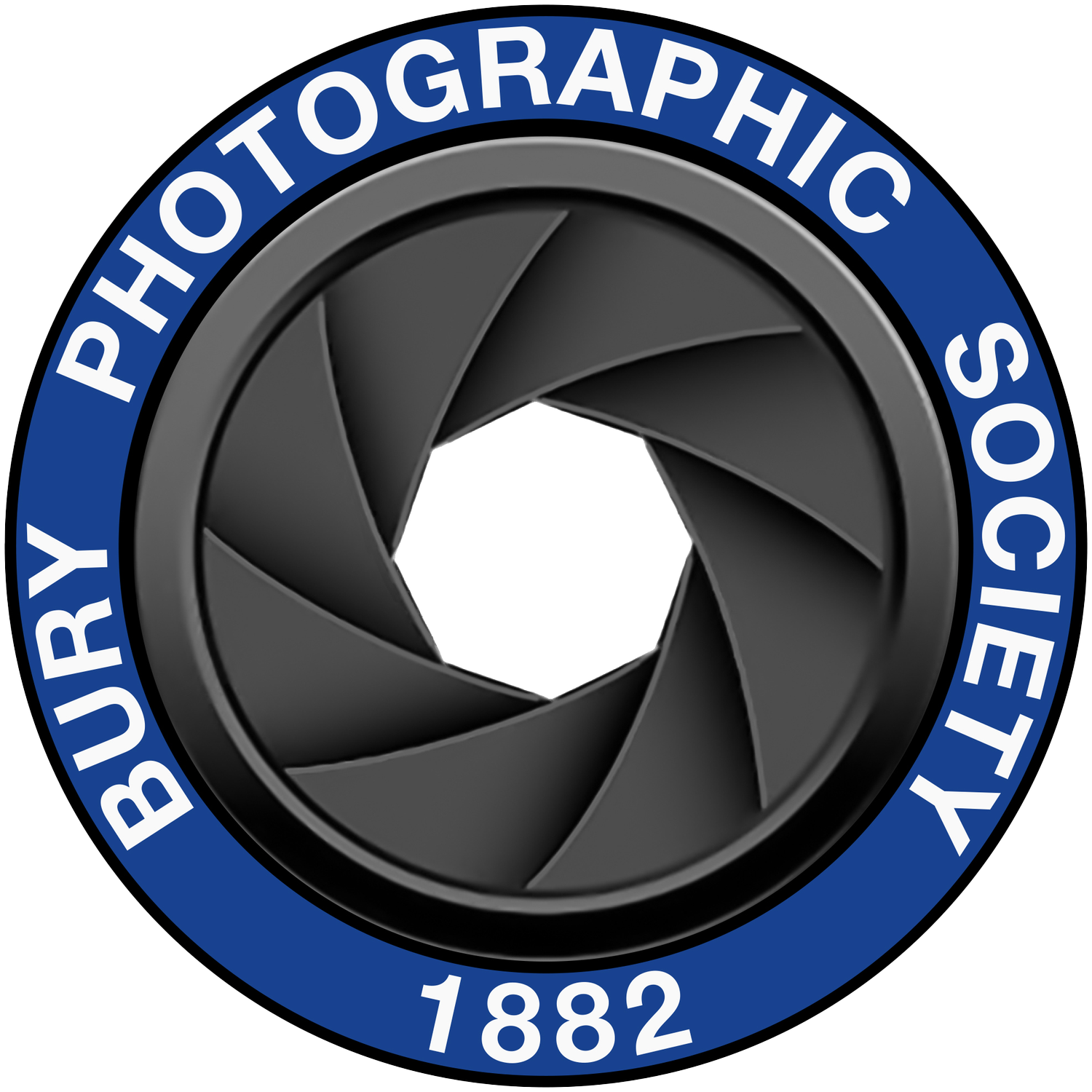Macro
Macro photography in its simplest definition is photographing small items, often insects and flowers, but also still life and small household objects. While the term ‘macro photography’ is perhaps properly applied to situations where the image size is equal to or greater than that of the subject the original definition is one in which the size of the subject on the negative or image sensor is life size or greater. However, it can refer to a finished photograph of a subject at greater than life size. Therefore, with this last definition an A4 image of a fly is a macro image and so would an advertising poster on a billboard of a car. The more widely accepted definition is the size on the image sensor.
The club organises group outings involving a walk to photograph flowers, insects, etc. As well as having their own dedicated, members only, group on Flickr.
There are a number of ways in order to take a macro image which depend upon your dedication to the art and the size of your bank balance. In no particular order they include:
Reversing Ring. Fit the lens onto your digital camera back-to-front with the help of a simple adapter/reversing ring. Basically you turn the lens the other way round, this will magnify the small subject on the sensor. The disadvantage is that you lose control of the lens as it is now no longer electrically connected to the camera.
Extension Tubes. Extension tubes move the camera lenses farther away from the sensor.
Macro Lens. These are designed so that you can focus close enough to achieve 1:1 image size without any additional attachments.
Macro Close-up Lens Set. The idea is to make it possible for any normal camera lens to focus on objects that are very close to your lens. All lenses have a minimum focusing distance, these allow you to get closer to an object and still have it be in focus. The maths is complicated, but suffice it to say the higher the number on your filter, the closer the lens will be able to focus on the subject. These simply screw on to the end of the lens.

